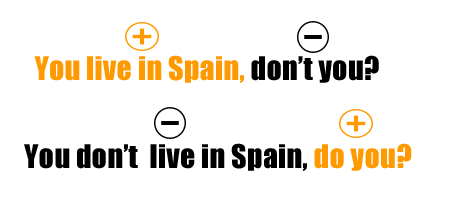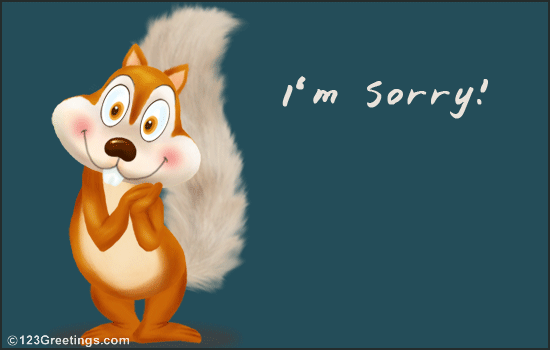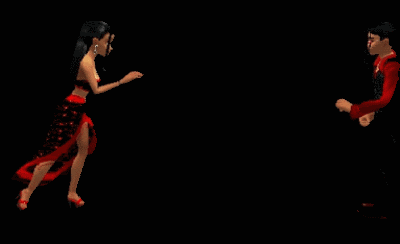The following is a total reproduction of what I stumbled upon the online Merriam-Webster Learner's Dictionary site. I'm neither the creator nor rightful owner of it! I decided to share the exercises with EC members after I found that they would be very useful to those who are serious about improving their pronunciation, especially some problematic pairs of the vowel sounds and consonant sounds alike! It would be to your advantage to do these exercises. Happy learning!.
.

Practice makes perfect! There are 15 complete sessions designed to help you practice and perfect your English pronunciations. [Click on the respective Exercise from the list of each SESSION to open it!]
.
SESSION 1:
Exercise 1: [f] vs. [v] (fear vs. veer)
Exercise 2: syllable stress
Exercise 3: forth/fourth, ascent/assent
Exercise 4: [oʊ] vs. [ɑ] (bold vs. bald)
Exercise 5: sentence practice
Exercise 1: [ʌ] vs. [ʊ] (luck vs. look)
Exercise 2: syllable stress
Exercise 3: [i:z] vs. [i:s] (please, piece)
Exercise 4: metal/mettle, pedal/peddle
Exercise 5: sentence practice
Exercise 1: [b] vs. [p] .(back .vs. pack)
Exercise 2: [i:t] vs. [ɛt] (sweet vs. sweat)
Exercise 3: [ʤ] vs. [ʧ] (fudge vs. much)
Exercise 4: won/one, whine/wine
Exercise 5: sentence practice
Exercise 1: [ɚ] as in "word"
Exercise 2: kernel/colonel, principle/-pal
Exercise 3: syllable stress
Exercise 4: [n̩] as in "kitten"
Exercise 5: sentence practice
Exercise 1: syllable stress
Exercise 2: [ʌ] vs. [u:] (suffer vs. super)
Exercise 3: see/sea, not/knot
Exercise 4: [r] vs. [l] (arrow vs. follow)
Exercise 5: sentence practice
Exercise 1: [ʃ] vs. [tʃ] (ship vs. chip )
Exercise 2: sundae/Sunday, meat/meet
Exercise 3: syllable stress
Exercise 4: [ɪ] vs. [i] (chip vs. cheap)
Exercise 5: sentence practice
Exercise 1: [oʊ] vs. [aʊ] (grown vs. town)
Exercise 2: blue/blew, alter/altar
Exercise 3: syllable stress
Exercise 4: sentence practice
SESSION 8:
Exercise 1: [ʌ] vs. [u:] (discuss vs. accuse)
Exercise 2: syllable stress
Exercise 3: ad/add, warn/worn
Exercise 4: [i:] as in "please"
Exercise 5: sentence practice
SESSION 9:
Exercise 1: [r] vs. [l] (royal vs. loyal)
Exercise 2: syllable stress
Exercise 3: [d] vs. [t] (spend vs. spent)
Exercise 4: horse/hoarse, heard/herd
Exercise 5: sentence practice
SESSION 10:
Exercise 1: [ʃ] vs. [ʒ] (fashion vs. vision)
Exercise 2: week/weak, sale/sail
Exercise 3: [oɪ] as in "coin"
Exercise 4: syllable stress
Exercise 5: sentence practice
SESSION 11:
Exercise 1: [ajɚ] as in fire
Exercise 2: loan/lone, higher/hire
Exercise 3: syllable stress
Exercise 4: rhymes with -ought
Exercise 5: sentence practice
SESSION 12:
Exercise 1: [v] vs. [w] (vine vs. wine)
Exercise 2: piece/peace, role/roll
Exercise 3: [s] vs. [k] (city vs. country)
Exercise 4: syllable stress
Exercise 5: sentence practice
SESSION 13:
Exercise 1: rhymes with -ine
Exercise 2: syllable stress
Exercise 3: silent h (hour vs. heat)
Exercise 4: tale/tail, hear/here
Exercise 5: sentence practice
SESSION 14:
Exercise 1: [g] vs. [k] (log vs. lock)
Exercise 2: syllable stress
Exercise 3: rhymes with -ear
Exercise 4: steel/steal vs. would/wood
Exercise 5: sentence practice
SESSION 15:
Exercise 1: [u:] as in true
Exercise 2: syllable stress
Exercise 3: [gr] vs. [kr] (great vs. crate)
Exercise 4: son/sun, been/bin
Exercise 5: sentence practice

Here’s a suggestion!
When you have completed Exercise 1 of Session 1, leave a note here giving the date that you completed that exercise. Do the same for the subsequent exercises. This will motivate you to finish all the study sessions. Let me see how many of you are serious about your pronunciation! [ I'd like to recommend you to do one exercise a day! ]
~* GS *~
December 28th. 2012
![]() Don't forget to click on the ’Like’ 'button if you find the exercises are useful!
Don't forget to click on the ’Like’ 'button if you find the exercises are useful!


























































































